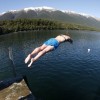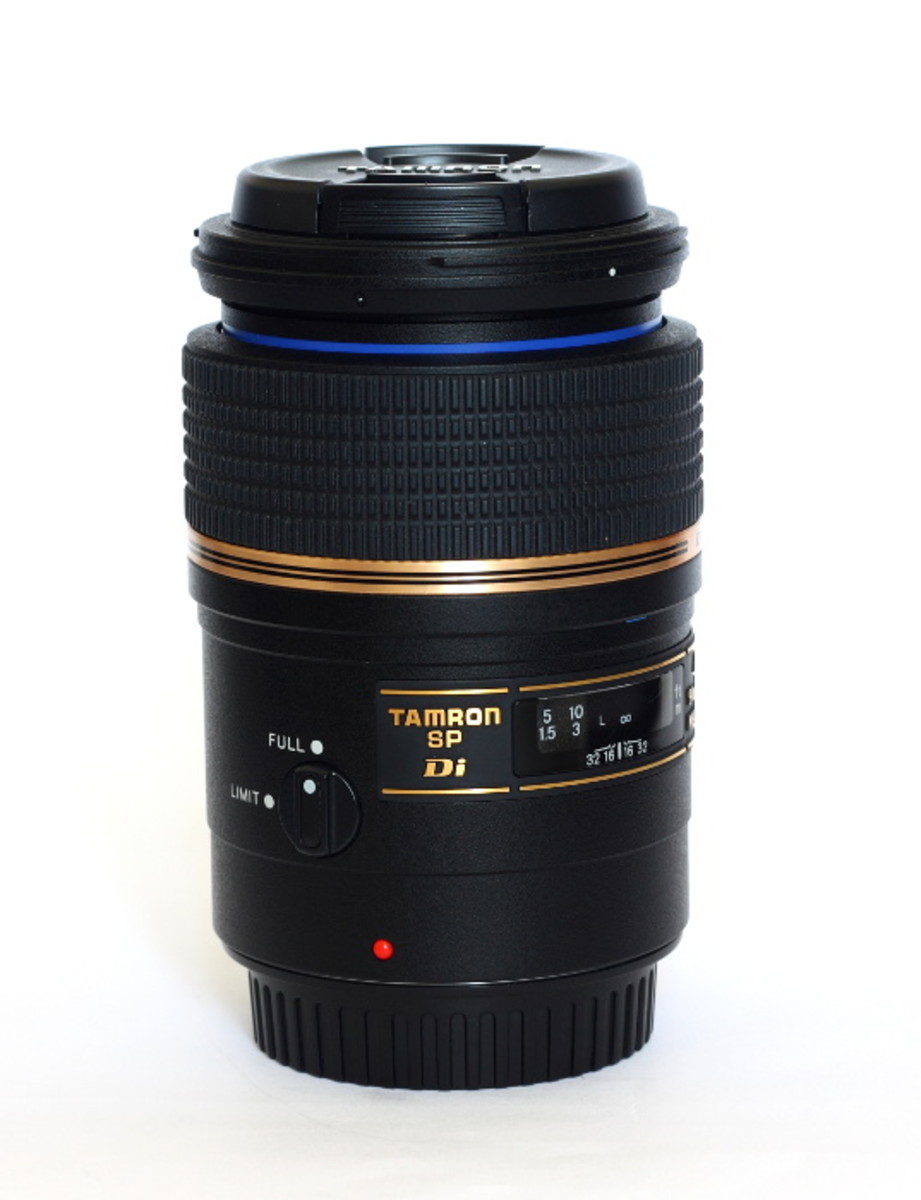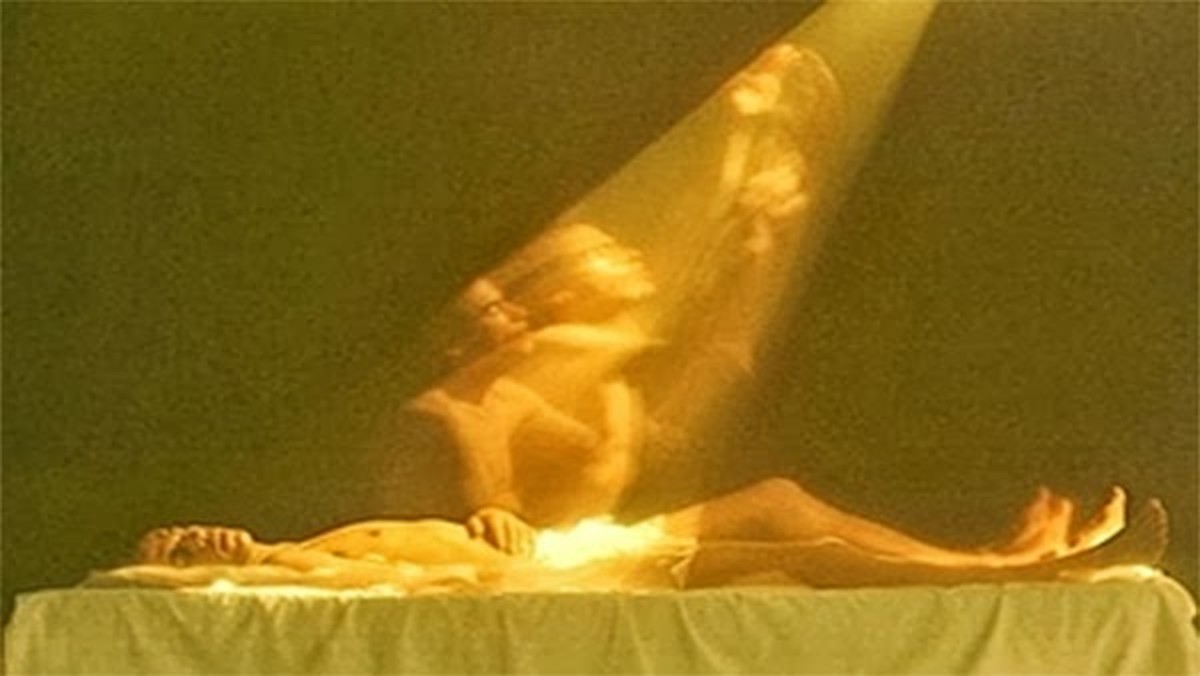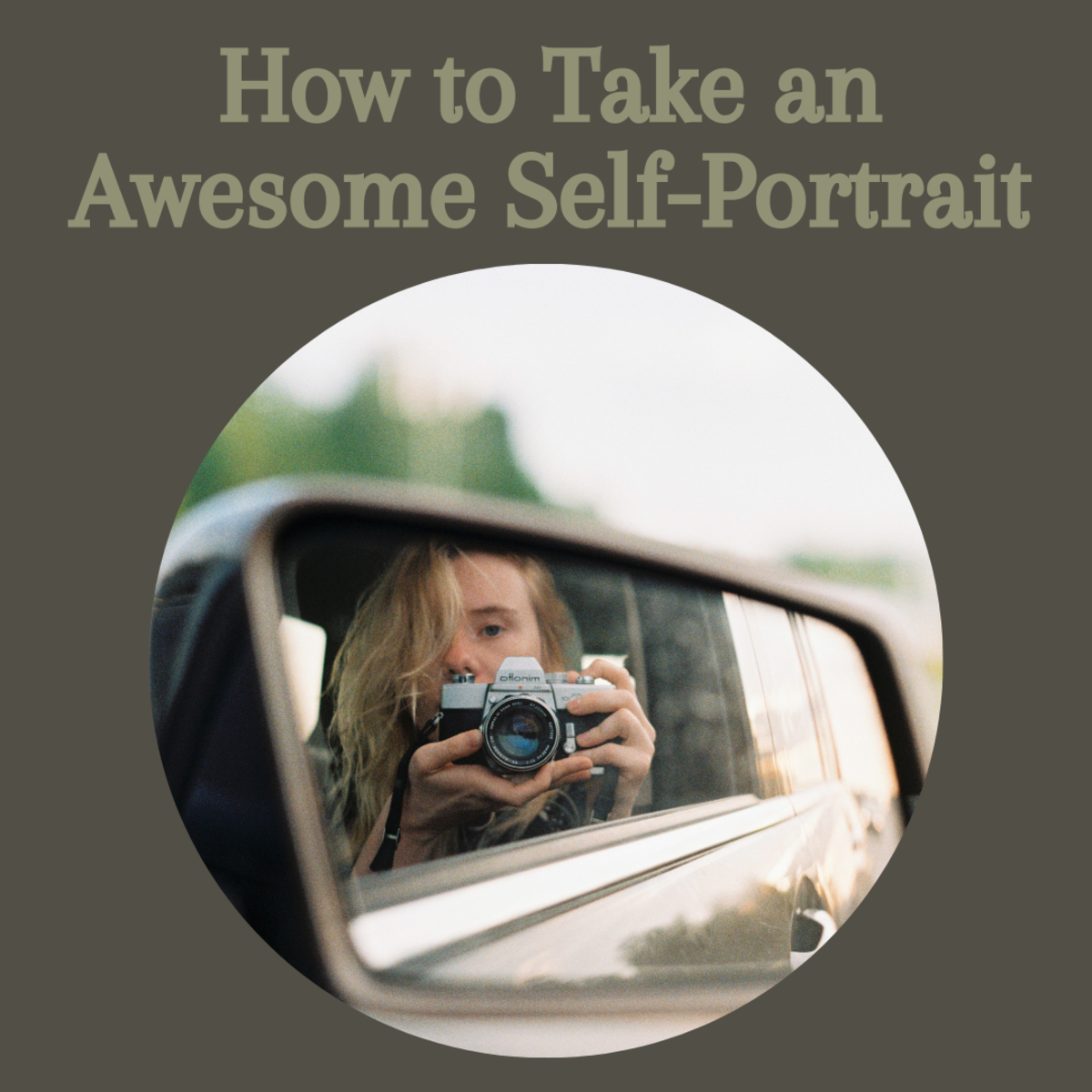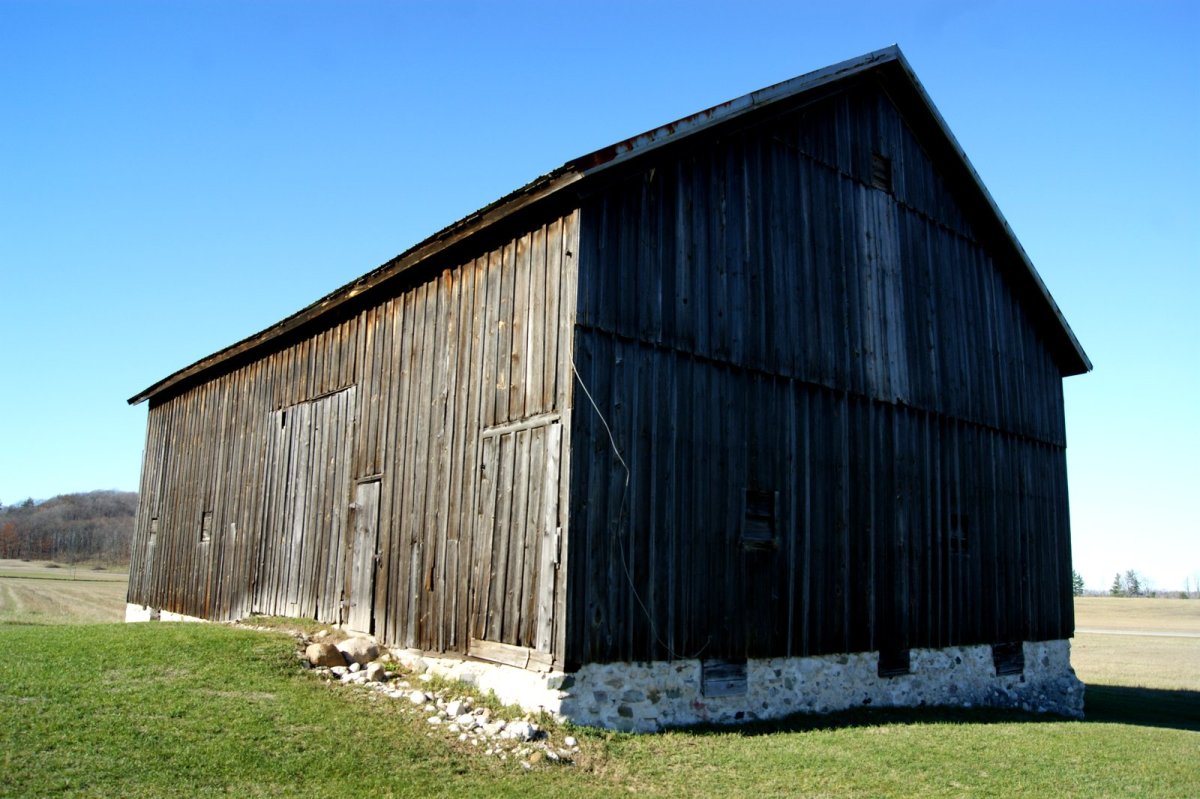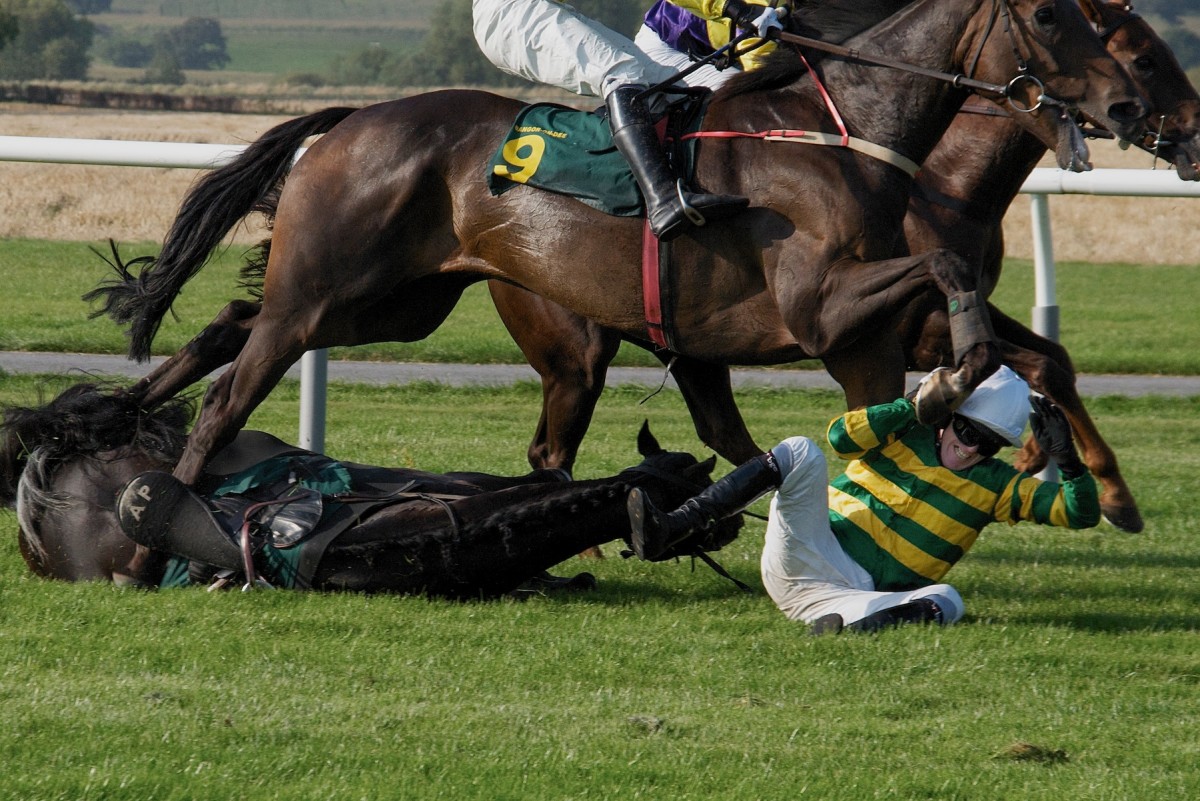How to do macro photography with a Canon 500D/550D
This article will cover:
What is macrophotography?
What equipment do I need to do macrophotography
What settings do I use for macrophotography?
Which Macro Lens should I buy for my Canon camera?
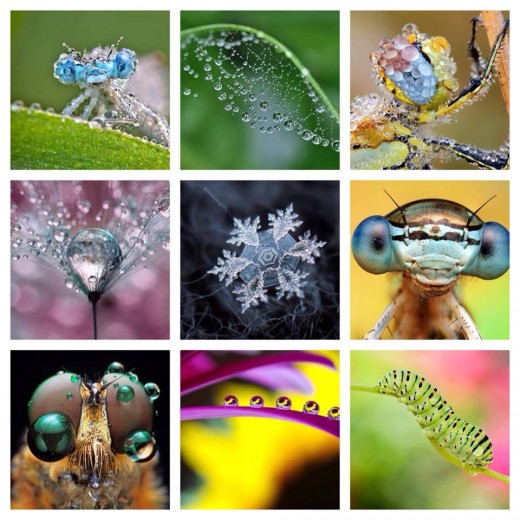

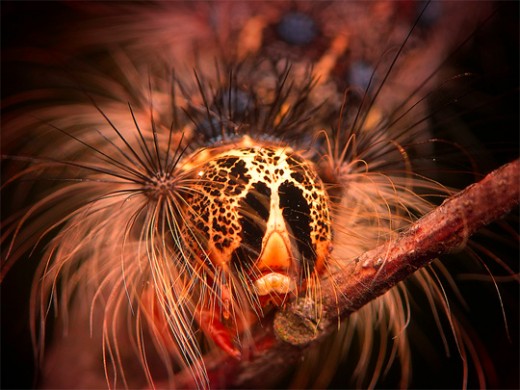
What is macrophotography?
What is macrophotography?
Macrophotography is the terminology used by photographers for taking "Close-up" or "magnified" photos of any chosen object or animal. The photographs producing are extremely detailed, showing detail beyond that which is visible to the naked human eye.
However, macrophotography is slightly more technical than simply taking close up photos, and if the term "macro" is to be applied to the image being taken, one has to achieve a magnification level greater than 1:1. In other words, the image being captured on film, or on the imaging sensor of your Canon 550D), must be larger than that of what is being photographed. This does not apply to an image which has simply been made larger in post processing, and we shall therefore explain what kind of equipment you will need in order to do macrophotography.
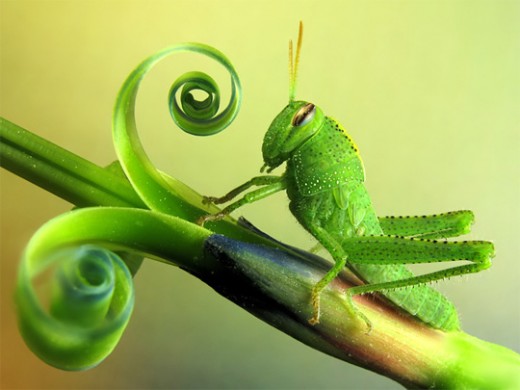
What equipment do I need to do macrophotography?
The question should really be, "what equipment do I need to take professional looking macro photos?"
The fact that you are reading up until now, shows that you have an interest in photography. Obviously the best camera you could have, is a DSLR, which these days are not too expensive. A canon 550D is a perfect camera to start with.
The second most important piece of equipment is a Macro Lens. This is specifically designed lens for this type of photography, and it will not fail you. You could try to making a cheaper version, buy a cheaper lens or even use a magnifying lens, all of which will impart a degree of the magnification possible, and create blurry images. The optically superb canon 550D macro lens can be found in the link provided, and will last you a lifetime.
The third, and equally most important piece of equipment is a tripod. This is obviously dependent on what you intend to take photos of. However, since you're into macro photography, it very likely you would want to take shots of flowers, spiders and a range of insects or object. Depending on the object, and how likely it is to run away if you get too close, a tripod can provide the stability, and close-ness needed to capture that rare insect or object.
A remote control timer, in addition, will allow even more distance between you and your desired subject. Its 1m cord permits you to stand even further away from your camera, ensures that the subject is in focus before taking the photo, and could enable you to take more unique and interesting macro images than anybody else. The timer has many other functions in additon, including a programmable timelapse function (great for general timelapses and even better, macro-photography timelapses - which I hope the below youtube video will inspire you to do!
To recap, you will need:
- DSLR camera
- Canon 550D
- Macro Lens
- Tripod- Remote control timer
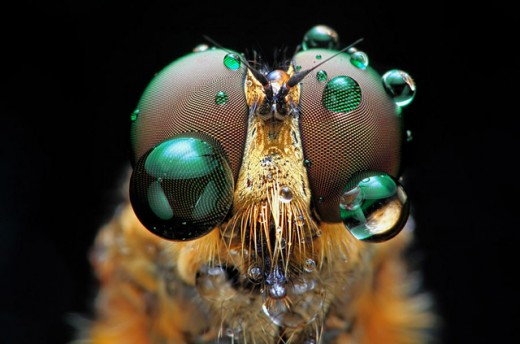
What settings do I use for macrophotography - on a Canon 550D
Once you are all set up with your equipment, the obvious question comes into focus; "what settings do I need?"
This is dependent on where you are, and what time of day it is - as the amount of light available will play a vital role.
Depth of field is very important, the main reason being that when you are so close up to an object, you need to make sure that a suitable large area of the subject is in focus. You wont be too impressed when you finally get to see your images on the big screen, and find out that the antler is the only thing you managed to get in focus of your rare fire ant.
On the other hand you can of course adjust the settings to artistically pick out areas of interest that you want to focus on, but understanding the settings you need is the first will help shape your abilities as a photographer.
The depth of field is dependent upon the aperture (F-stop), which is explained in more detail below.
The aperture
The aperture, or f-stop (f-number on your canon 550D) controls how wide the lens is during a shot. A wide aperture (low f-number) means that your lens is open quite wide, allowing a lot of light in during the shot. A high f-number means that your lens is not open as wide, therefore limiting the amount of light in any given shot.
In macro photography - is is best to shoot with a narrow aperture, and therefore high f-number/f-stop - as more of the image will be in focus. An example of what is being described here can be seen in the photo below.
As you can see, an f-stop of f/1.4 is larger than that of f/2.0, and much larger than that of f/8.0
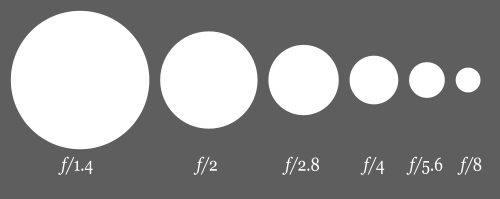
Back to the depth of field..
If you want all the areas of the subject in focus, a large F-number (for example f/32), will help you achieve this. More of both the background and foreground objects/details will be in focus.
A smaller f-number (and therefore larger aperture) such as f/1.2 will isolate more of the foreground from details in the picture that lay more in the background, meaning the foreground will appear sharp and the background will appear blurry.
An example of this can be seen in the picture below. The picture on the left has a large depth of Field (meaning both the foreground and background elements are in focus), and therefore has a high f-stop and a narrow aperture.
The picture on the right has a low depth of field, therefore a wide aperture, and low f-stop. The focus is therefore on the leaf, but the background is not in focus.
Depth of Field - low vs high
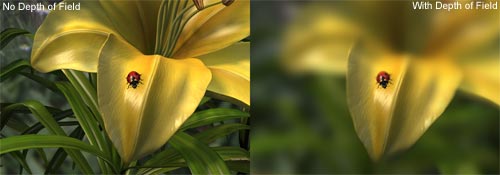
Using manual focus
Focussing sharply on a subject in macro photography is perhaps the hardest element to perfect in macrophotography.
It is best to use manual focus, after you have already focussed on the subject using auto focus.
You can do this by focusing automatically on the subject first, and once you are sure it is in focus, switch to manual focus.
This will ensure that when you are ready to take the picture, and press the shutter button, the lens wont try to automatically re-focus, thereby causing you to have to set up your shot again
Canon EF 100mm f/2.8 Macro USM Lens for Canon SLR Cameras

Which macro lens should I buy for my Canon 550D
For Canon Digital SLR camera's, the most popular choice of macro lenses is the:
- Canon EF 100mm f/2.8 Macro USM Lens
There are so many macro lenses out there, that it can be hard to decide which to buy. You may have seen the different types, with differing focal lengths; 50mm, 60mm, 100mm and 105mm.
The lower the focal length of the lens, the closer you will need to be to the subject, and it will be therefore harder to take good macro photos of injects, or objects that move. This is an extremely important consideration to take into account.
For example, using 60mm macro lens, will mean you really need to be physically close, even directly next to the object. It is likely you will also cast shadows over the subject, and light is an important factor.
Using a 100mm lens will give you that extra length. You can stand nearly 1meter away from the Object, and still get extremely good macro photos, without casting shadows and without potentially scaring your subject away. With the 60mm lens, you have to stand at least 15cm, and as explained, this can be problematic.
Good Luck with your macro photography! If you need any help or want to ask a question, don't hesitate to comment below, or in the photography section of Superstoked Surfing Magazine, which has a big community of photographers who will be sure to answer your questions!

